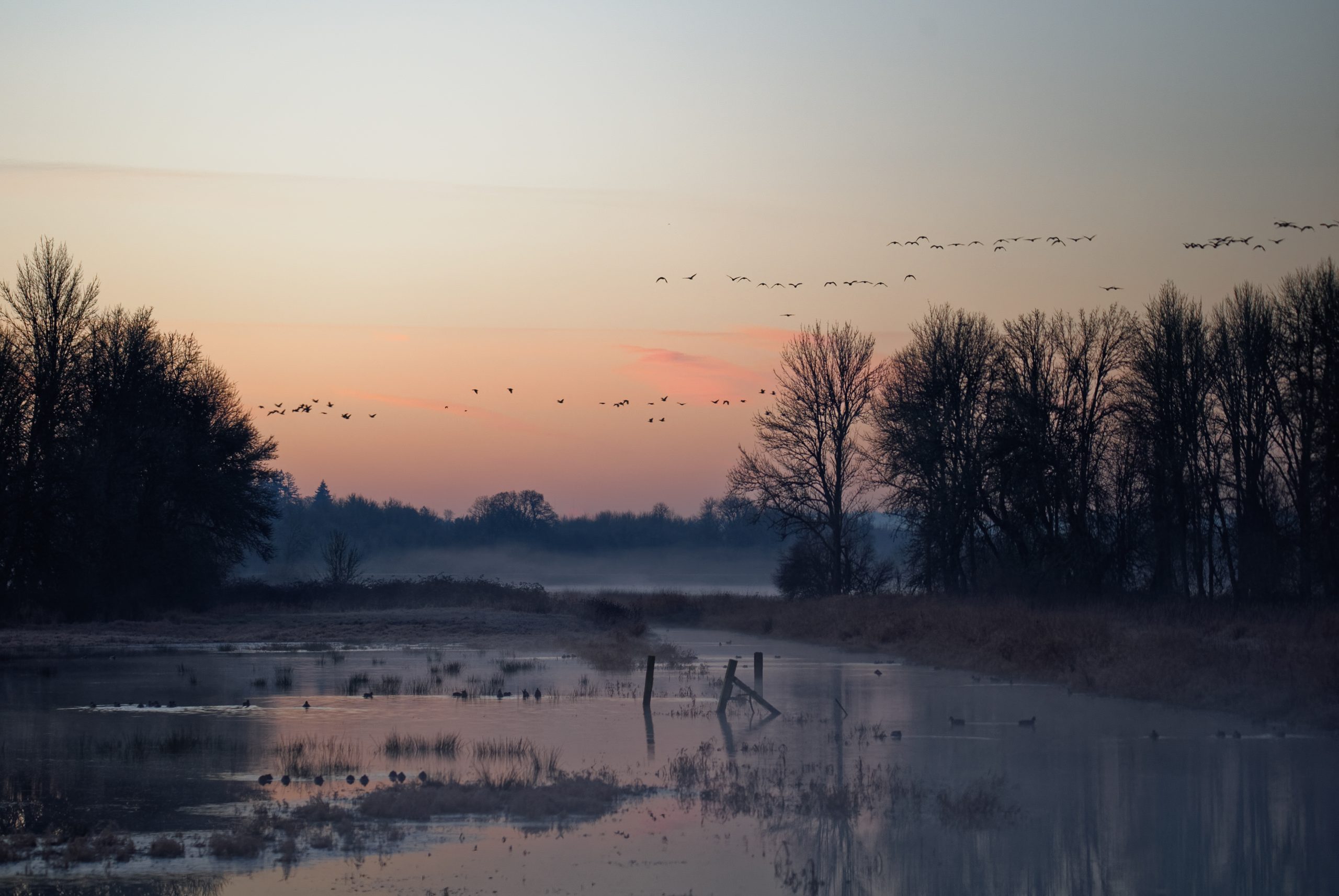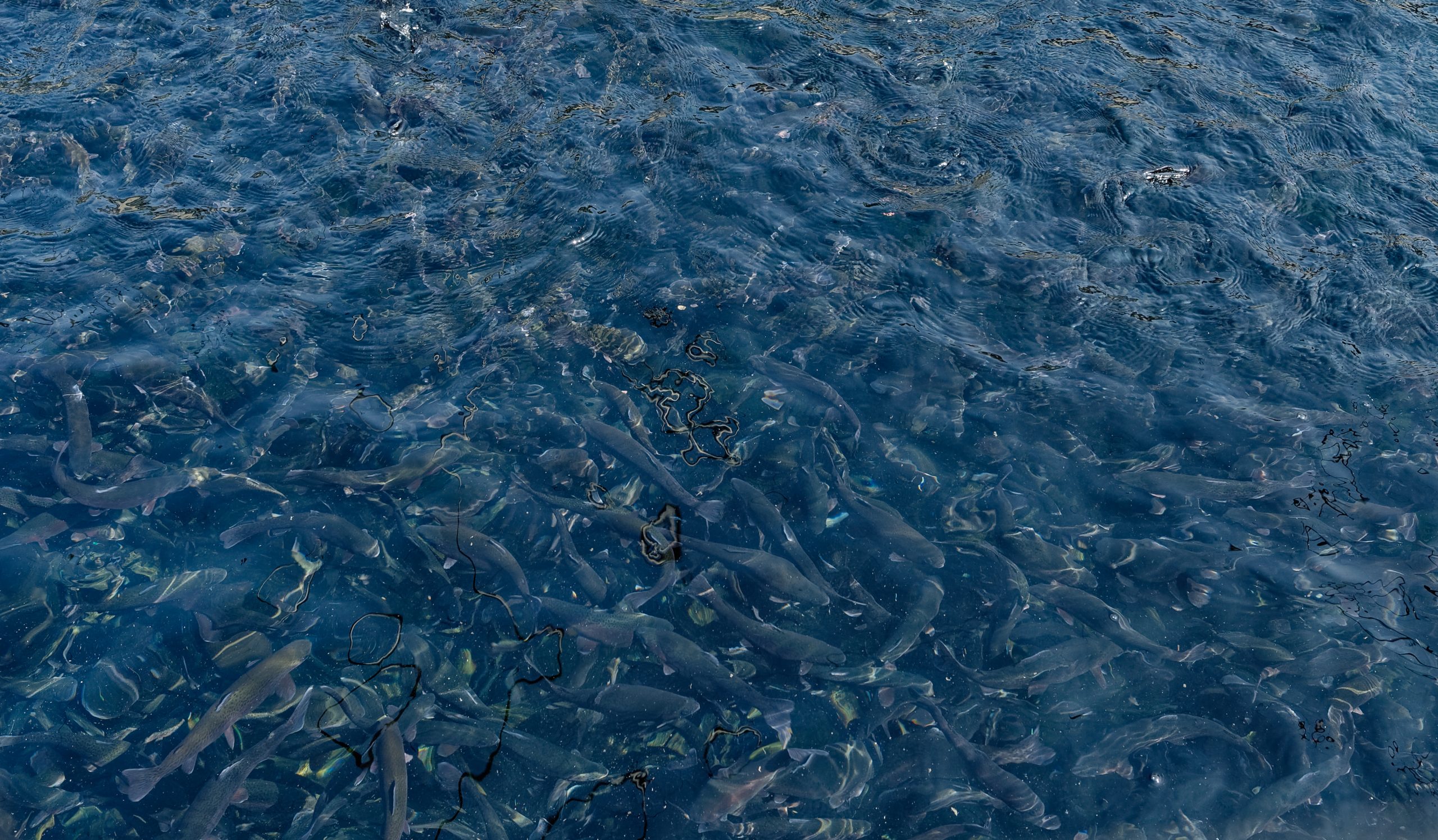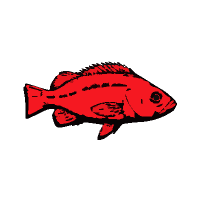 The Coordinated Assessments Partnership (CAP) supports the sharing of standardized high-level indicators (HLIs) and supporting metrics to inform regional fish monitoring priorities. Guidance for which types of information will be shared are described in the Five-Year Plan for the Coordinated Assessments Partnership. The plan also provides guidance related to possible additional HLIs of interest; which are summarized on the Upcoming HLI Categories page.
The Coordinated Assessments Partnership (CAP) supports the sharing of standardized high-level indicators (HLIs) and supporting metrics to inform regional fish monitoring priorities. Guidance for which types of information will be shared are described in the Five-Year Plan for the Coordinated Assessments Partnership. The plan also provides guidance related to possible additional HLIs of interest; which are summarized on the Upcoming HLI Categories page.
Current High Level Indicators for Natural Origin and Hatchery Origin Salmonids
The formal descriptions of the current High Level Indicators are maintained in the Coordinated Assessments High Level Indicators Data Exchange Standard documents, for natural origin and hatchery origin fish. Abbreviated descriptions are provided below.
Coordinated Assessments Partnership currently provides six HLIs of the health of naturally spawning salmonid populations.
NOSA is the number of natural-origin fish that actually spawn, not necessarily the number of fish returning to a spawning area. Escapement estimates are provided when calculating NOSA is not feasible.
Spawner escapement is the number of natural-origin fish returning to spawn that pass upstream of a specified location during a specified time period. Spawner escapement estimates may include prespawn mortality due to harvest or other causes that occurred after passing the specified location.
Number of natural-origin juvenile fish in a population. Usually late-summer parr but may be any time of year and any life stage earlier than smolts.
Number of natural-origin juvenile fish passing a defined location as they migrate downstream toward the ocean.
The point estimate of the number of returning natural-origin adults divided by the point estimate of the number of smolts that produced those returning adults, multiplied by 100 and expressed as a percentage.
R/S is the ratio of recruits from a specified brood year to the number of parent spawners that contributed to that brood year.
R/S ratios are specific to the locations and seasons described in each record of data. The number of “recruits” can be defined at any life stage.
PNI is an estimate of the relative selection pressure of the natural environment in an integrated natural/hatchery population.
PNI is calculated as:
PNI = pNOB/(pNOB + pHOS)
where:
- pNOB is the proportion of natural-origin fish spawned in a hatchery;
- pHOS is the proportion of fish spawning naturally that are hatchery-origin fish.
Coordinated Assessments Partnership currently provides four HLIs of the health of hatchery origin salmonid populations.
Hatchery returns are the number of fish that return to a hatchery facility.
This can include hatchery origin and natural origin fish, marked and unmarked fish, and stray fish.
Number of fish spawned in a hatchery as broodstock. This can include fish of natural origin or hatchery origin.
Number of hatchery production fish released from a hatchery.
The point estimate of the number of returning hatchery-origin adults divided by the point estimate of the number of smolts that produced those returning adults, multiplied by 100 and expressed as a percentage.

NATURAL-ORIGIN SALMON AND STEELHEAD
other fish
groupings
Categories
Listed
Populations
Spanned
by HLIs
Recruits per
Spawner HLI
Smolts to
Adult Return HLI
HLIs combined
Data updated March 2025
Photo credit A. W. (Tony) Grover


HATCHERY SALMON AND STEELHEAD
other fish
groupings
Categories
Programs
Spanned
by HLIs
Smolts to
Adult Return HLI
HLIs
Data updated March 2025
Photo credit A. W. (Tony) Grover

Current Species and Population Names
The list of species and populations provided by the fish HLIs query can be viewed and downloaded here.
Current Hatchery Programs and Stock names
The list of species and populations provided by the fish HLIs query can be viewed and downloaded here.
CAP Fish HLIs Queries and Data Summary
Data are accessible in two ways: from a map-based query, or from a tabular query. Both query systems provide the ability to view and download the available HLI estimates. You can find them on the CAP Fish HLIs (CAX) Query webpage.
The graphic above provides an overview of the data currently available from the queries.

